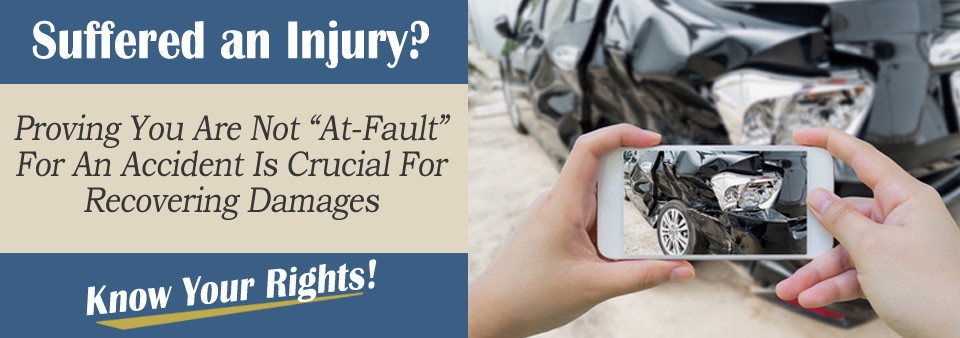Have you heard of an auto accident where no one is at fault? Well there are such cases, particularly if the police report indicates that fault cannot be determined or that there are no other parties involved to cause the accident, such as a deer suddenly jumping on the road. However, in most vehicular crashes, somebody was negligent and is therefore at fault.
Proving liability in an auto accident is vital particularly when there is damage to property, injuries and even death. More importantly, establishing who is at fault allows insurance companies to determine who will be compensated for the damages incurred.
Things will be easier in cases where the mishap signifies “no-doubt liability.” This means that it is clear which driver is at fault, such as rear-end collisions or left-turn accidents. However, as everybody would know, this is not always the case. Having a no-fault insurance coverage seems like a solution even if you are liable to the accident, but things are not so simple.
Relevance of Liability to Insurance Claims
Many states require motorists to acquire a no-fault insurance, which compensates the medical expenses of the driver regardless who is liable for the accident. However, the coverage of this type of insurance has limits. It normally excludes replacement services and lost income. Moreover, the benefits provided by a no-fault insurance are only within three years from the time of the discovery of injuries. In cases where the injury sustained is quite serious and needs medical attention in excess of three years, the insurance will no longer pay.
This is when you can claim for damages from the other party at fault. You may either claim from the insurer or the liable person himself in case the insurance reached its limit. However, this can only happen if the other driver is indeed at fault. This is why it is very important that you do not admit fault and be able to prove that the other party is the one who is liable.
Proving liability is even more important when the drivers involved in the auto accident both have only the traditional liability insurance or at-fault insurance. If this is the case, only the damages caused by the party at fault will be compensated by his insurer. In cases where fault cannot be determined or you are the one at fault, you will not likely to recover damages from the insurance company. As such, proving that you are not liable for the accident is crucial.

Proving You are Not at Fault
Proving you are not at fault in an auto accident is tantamount to ensuring recovery from the other party and his insurer for all damages you may sustain. This reason alone is good enough to compel you not to admit fault. However, you should also employ all efforts to prove that you are not liable and it was the other party who was negligent. You need to collect and preserve evidence of the other driver’s liability. There are several ways to do this.
Firstly, you should document and preserve the evidence by taking photos immediately after the car crash. This is assuming that you are not seriously injured and will be able to do so. You should photograph the visible injuries acquired, the damages to the vehicles/property, the things that may have contributed to the accident in the scene, e.g., ice/snow, potholes, road debris or fallen trees, and the entire accident scenario. It is important to take pictures from all possible angles. It is wise to immediately have the photos printed in case the camera or mobile phone used to take pictures gets broken or loses data.
Secondly, since the police are almost always present in auto accidents, it is best to give your side of the story to the police. The report they will provide is vital in the filing of insurance claims and receiving compensation. If you are not at fault, the police will likely determine this based on the investigation they will conduct. Make sure that you get a copy of the police report as you or your attorney will need it, particularly if the matter elevates into a lawsuit.
Thirdly, besides the witness testimonies included in the police report, it may prove useful to also gather your own witness testimonies. You should list down the names and contact details of witnesses who saw the incident and may help you prove your innocence. It is advisable to ensure the credibility of the witness in terms of what they saw, their location when the accident happened, the eyesight or hearing, and their background, e.g., with a criminal record or has known history of dishonesty.
Consulting with a Personal Injury Attorney
It is clear that proving that the vehicular mishap is not your fault is no easy task. Given that you just went through an accident, it is best to simply allow a personal injury (PI) attorney to handle the entire situation for you. You PI attorney will not only determine the applicability of the existing state laws, but he will also face the claim adjusters that may be assigned to deal with you. This way, you will not be tricked into admitting fault and all the necessary documentation will be prepared by your attorney on your behalf.